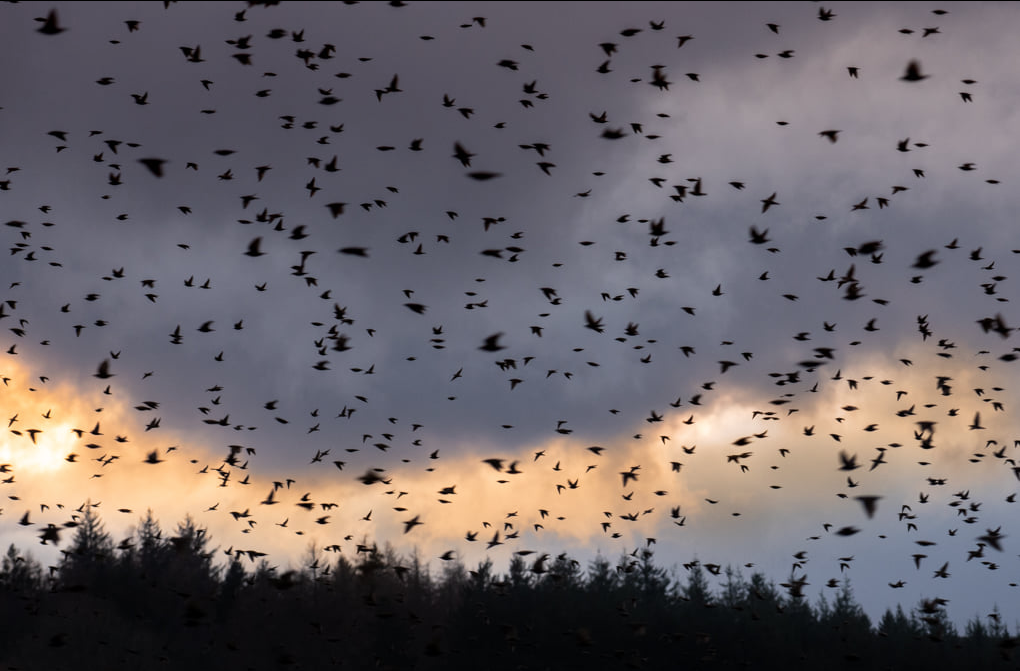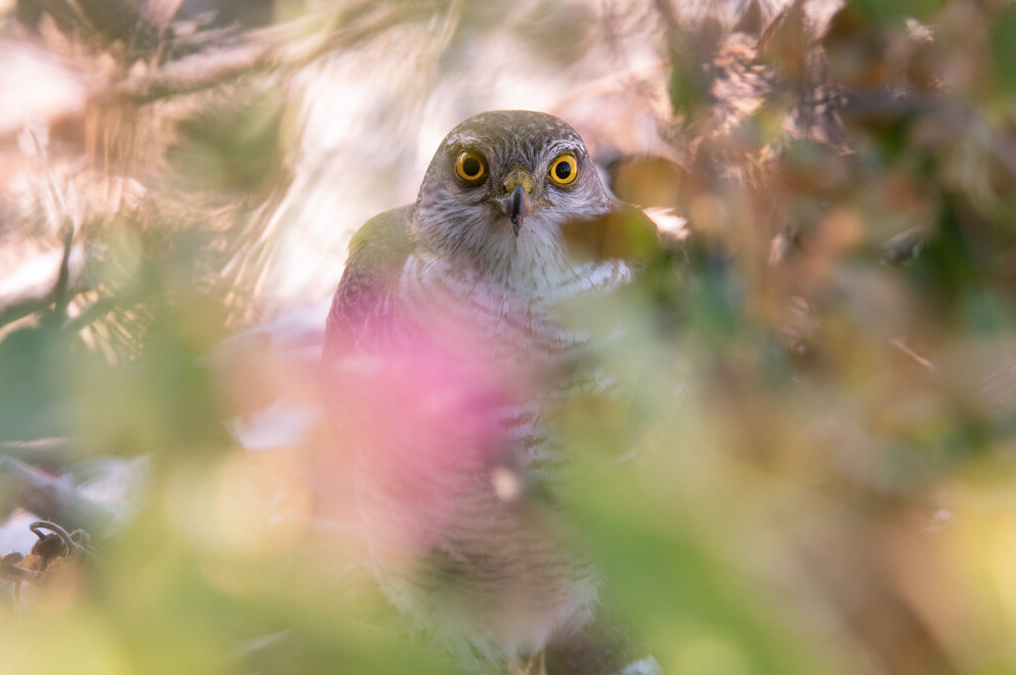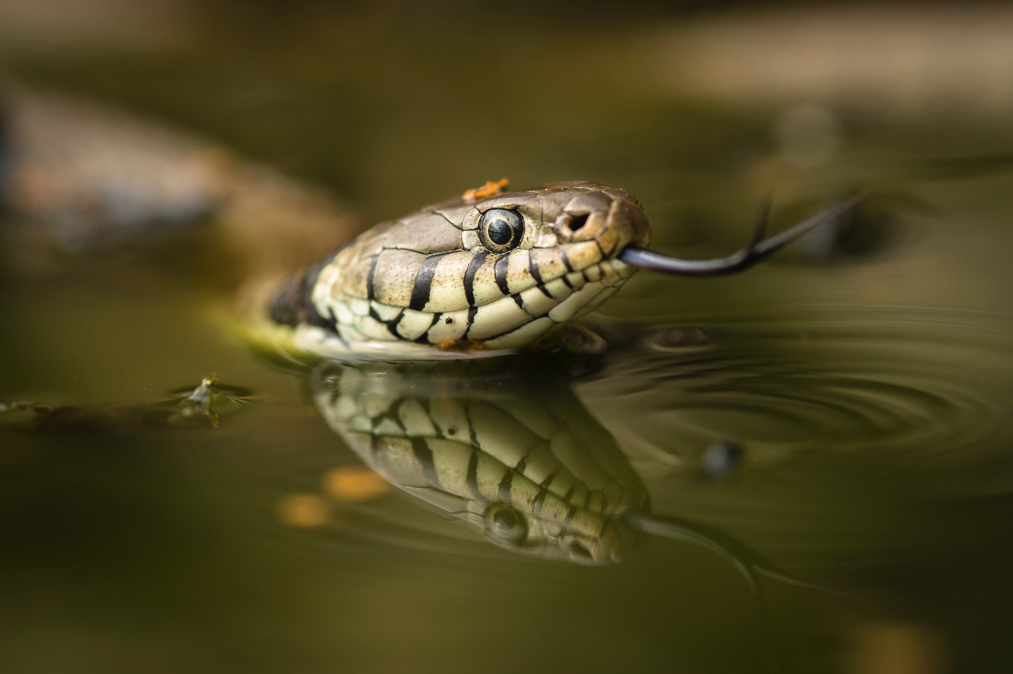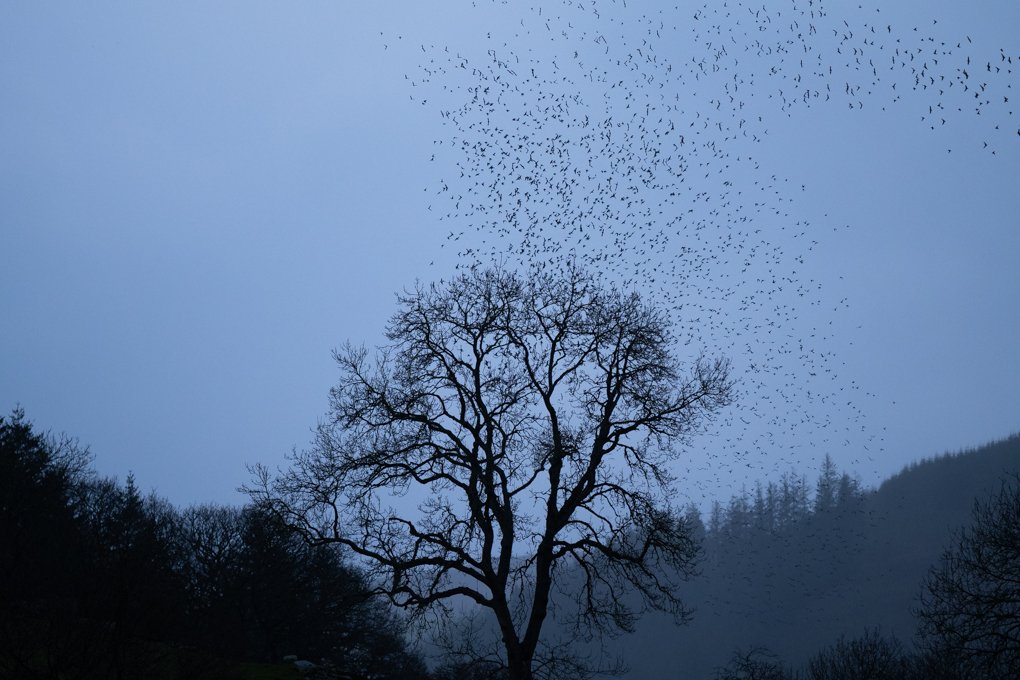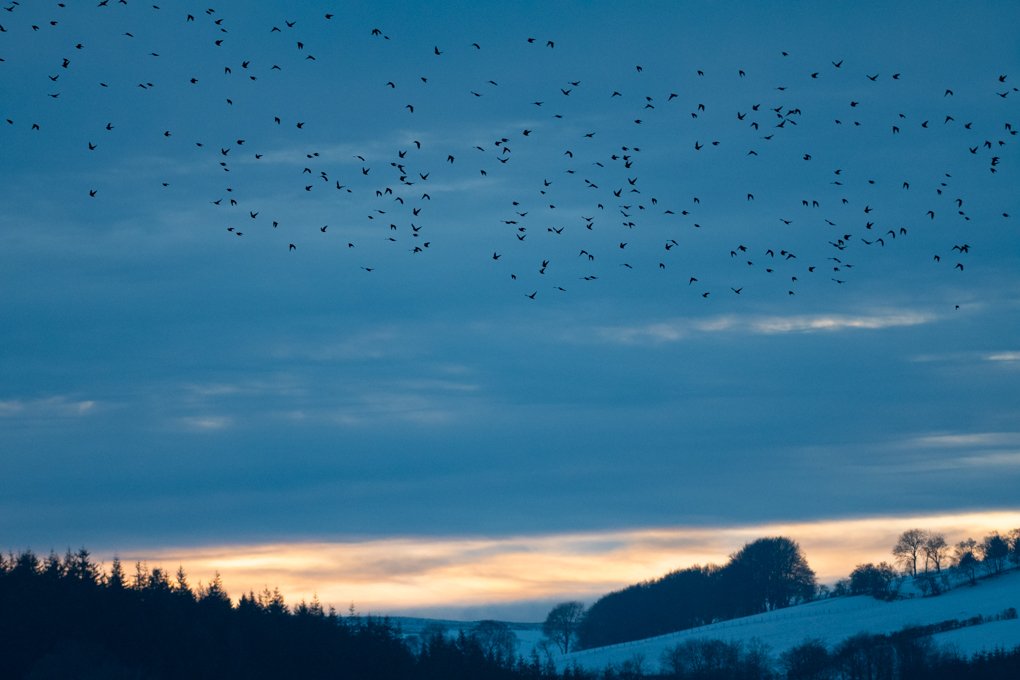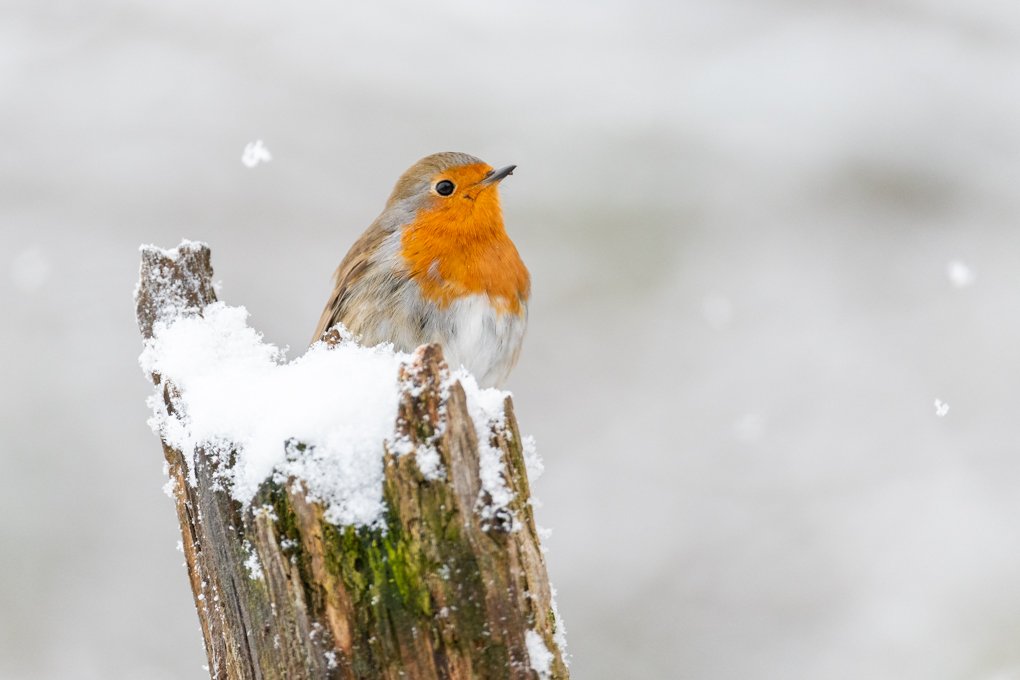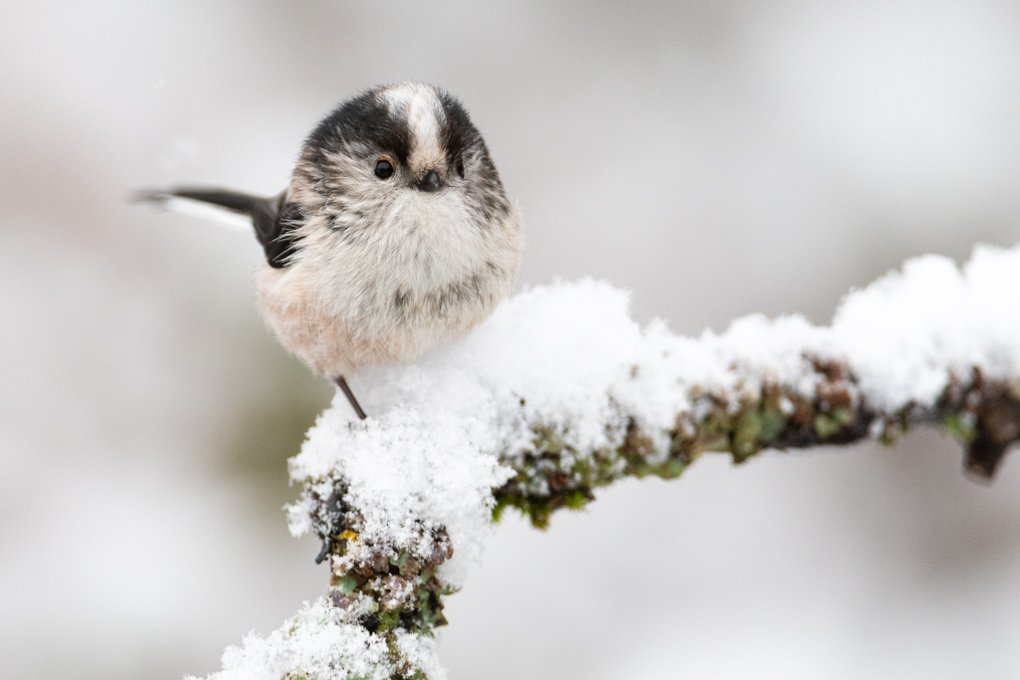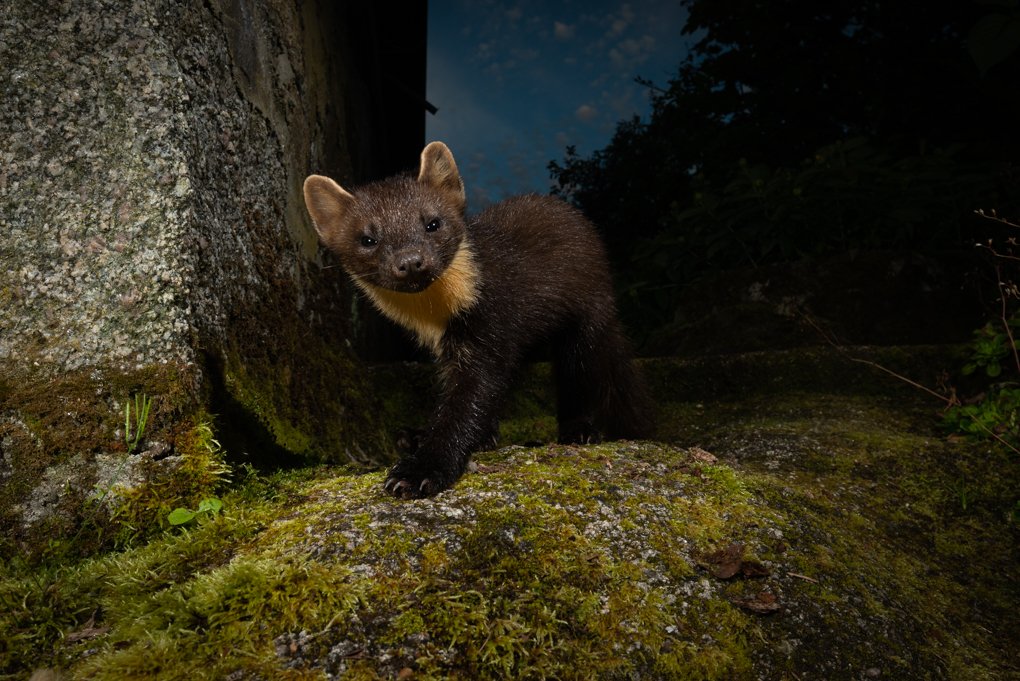My photography in January this year has been very uninspiring. A combination of poor weather and a month long battle with a bad tooth infection has really impacted my photography. The seasonal wildlife has still been happening though, making the Berwyn’s a lovely place to live. Just before Christmas, the numbers of starlings flying past our property to roost further up on the Berwyn’s started to increase. I’ve been out with the camera a few times to capture the scene.
Hopefully I’ll be feeling it a bit more, to get out and photograph them more, on a few occasions the local Sparrowhawk has attacked the flocks, getting the flocks to swirl about wonderfully. Something I hope to capture next month.
We have had a cold snap, with a few mornings having a dusting of overnight snow. Not enough to make an impact on the images, but I did take a few images. One of the agencies I supply has a bi-monthly window to submit images, so I try to get a few images even though I don’t always feel it.
With the seemingly never ending rain, I noticed that the fat balls we were putting out weren’t lasting very long, being washed away. I set up a feeder in the stables, mainly to give the birds a rest bite from the weather. It also gave me an opportunity to get a few birds in flight images using flash. To get images using flash to capture movement it’s best to not be fighting natural light as that can cause ghosting in the image, making the stables an ideal location to take the images. I’ll do a more in-depth post about capturing birds in flight using flash soon.
As you can see, not a great month for photography, hopefully next month I’ll feel a bit more inspired.


